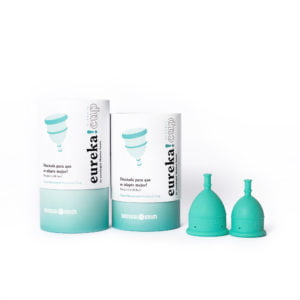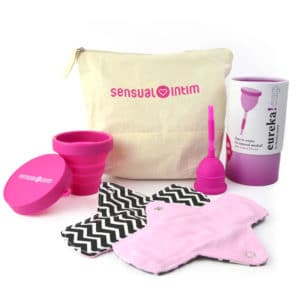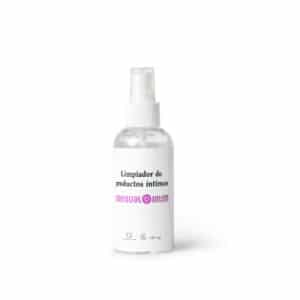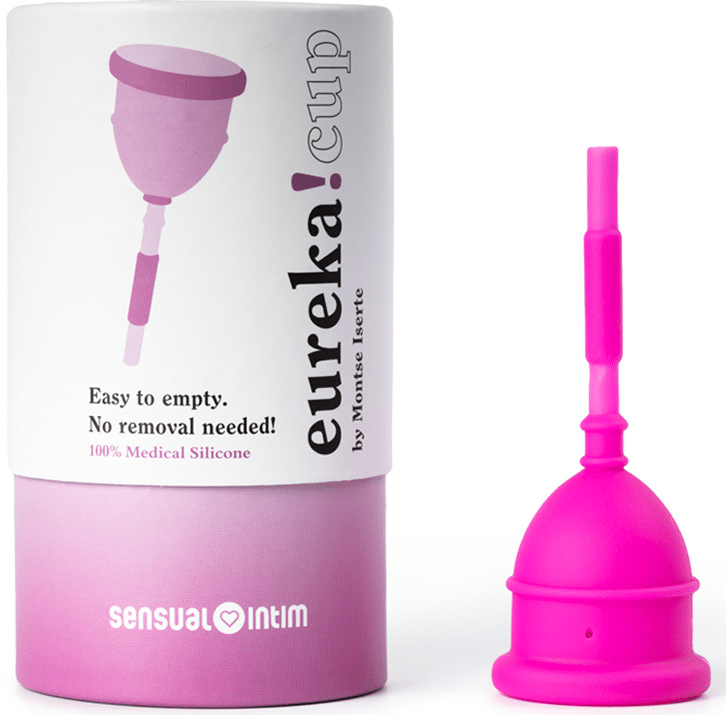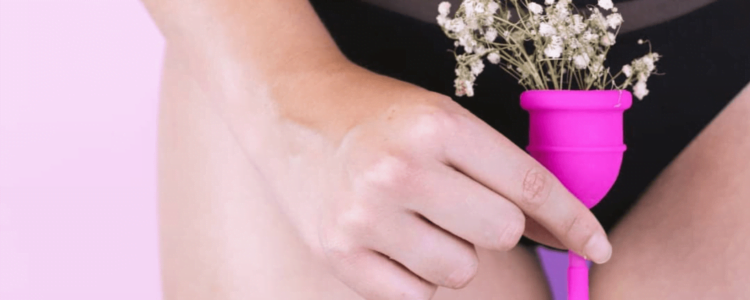
Can I pee if I have a menstrual cup on?
Tiempo de lectura: 2 minutosThe urethra and vaginal opening are two different areas. So urine does not go together with the menstrual cup or menstrual bleeding.
Index:
-
Can I pee if I have a menstrual cup inside my vagina?
-
Learning about the vulva and the vagina
-
Body knowledge, intimate hygiene, and sexual health
Can I pee if I have a menstrual cup inside my vagina?
In the light of poor sexual education and complete ignorance of our anatomy, many women spend much of our lives having fear and a misunderstanding of our bodies. On more than one occasion I have come across people who, by paying attention to fashions, trends, or advice without any scientific or medical basis, suffer from health problems.
Therefore, at Sensual Intim we want the information provided to facilitate the sexual rights of people. Our information, in charge of specialists in sexual health, has the main objective of clarifying possible doubts about the body and sexuality.
Lately, we have received questions about the use of the menstrual cup. Specifically, about the possibility of being able to pee with the menstrual cup on. It’s possible? Where does the urine go? Does it fall into the cup and mix with menstruation? Do I have to touch that mix when taking out the Eureka! Cup?
To answer, we need to focus on understanding the anatomy of the body.
Learning about the vulva and the vagina

As we have seen before, the vulva and the vagina are two different areas of the body. While the first is the external part of the genital area, the second is the internal part. And each of them has different functions.
The vulva is the external part, which is made up of the pubis mound that connects us with the external and internal lips. When looking at it through a mirror, it is very easy to identify that at the tip of the lips, near the mount of Venus, there is the clitoris – that sensitive organ with more than 8 thousand nerve endings whose only function is to give pleasure -. Next is the urethra, the channel that connects to the bladder and from where urine comes out; and going down a little more, the vaginal entrance or opening where the menstruation comes out and where the Eureka! Cup is inserted. Passing this area, you reach the perineum – the area of the base muscles of the pelvic floor – and finally the anus.
As we can see, the urethra and the vaginal opening are two different areas. So urine does not go together with the menstrual cup or menstrual bleeding. Nor does the menstrual cup interrupt or disable the ability to pee.
Body knowledge, intimate hygiene, and sexual health
Once this information is taken into account, it is much easier to understand how our body works. This understanding would help to identify when something is not “going well” and to also identify what you need for being full of health again.
Written By: @maria.jose.ca
Translated by: @thaispascual
This site uses cookies to provide you with a great user experience. Find out more here cookies Keep browsing or accept cookies.
Cookie settings
Below you can choose which kind of cookies you allow on this website. Click on the "Save cookie settings" button to apply your choice.
FunctionalOur website uses functional cookies. These cookies are necessary to let our website work.
AnalyticalOur website uses analytical cookies to make it possible to analyze our website and optimize for the purpose of a.o. the usability.
Social mediaOur website places social media cookies to show you 3rd party content like YouTube and FaceBook. These cookies may track your personal data.
AdvertisingOur website places advertising cookies to show you 3rd party advertisements based on your interests. These cookies may track your personal data.
OtherOur website places 3rd party cookies from other 3rd party services which aren't Analytical, Social media or Advertising.

This content is blocked. Accept cookies within the '%CC%' category to view this content.
